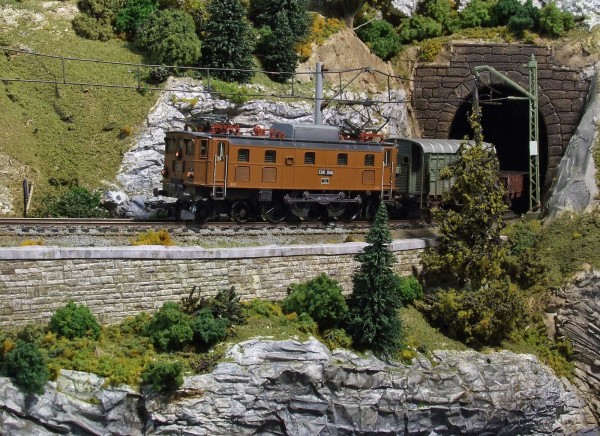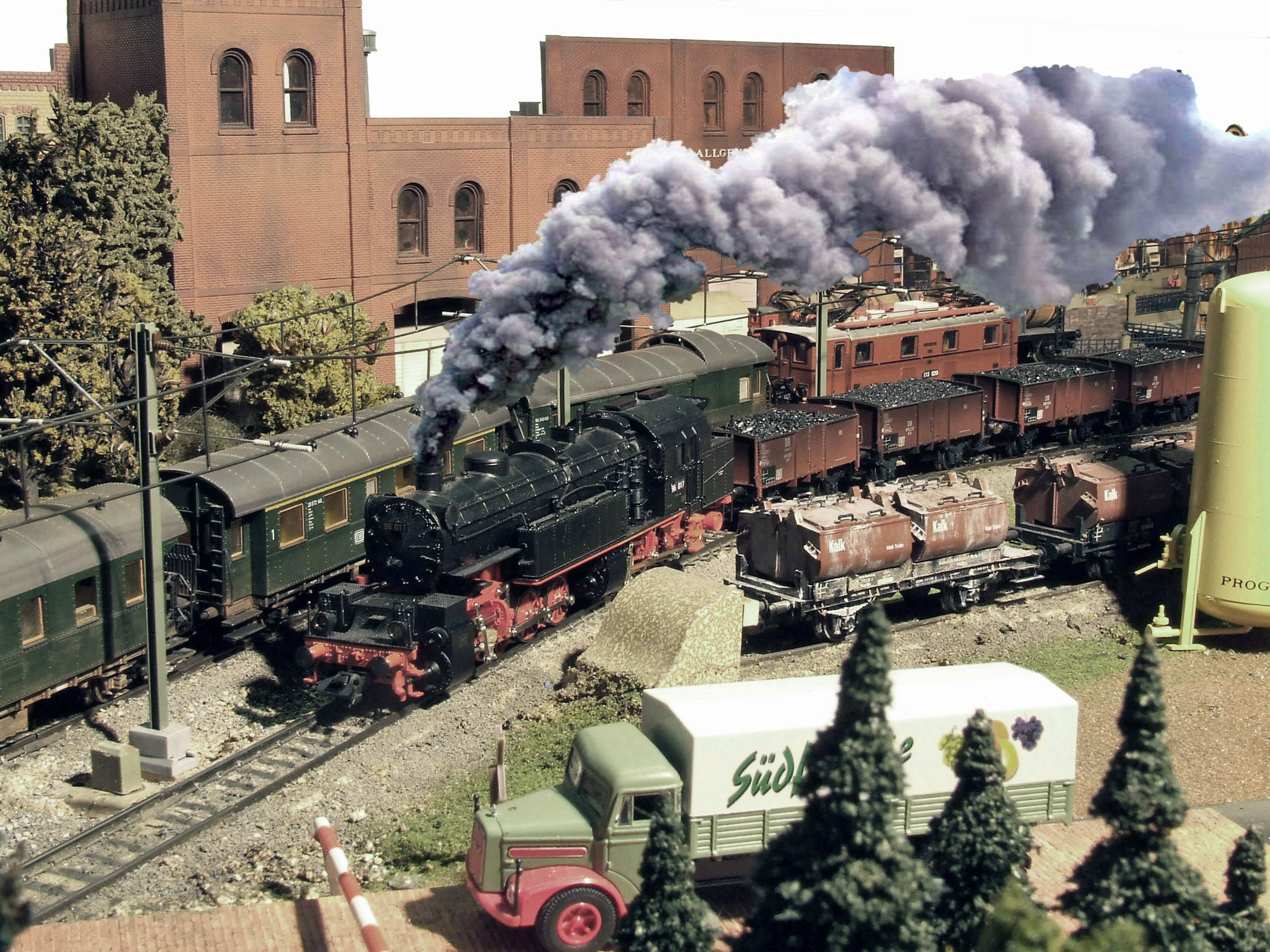Syd Schofield
Editors note: Welcome to the fourth article of a series on narrow gauge by Syd Schofield. The previous article is available by clicking here, or by filtering with the category “Narrow Gauge”. Syd welcomes discussions and feedback, which can be made by clicking on the comment link at the bottom of the post.
When a business enterprise has to only deal with the immediate needs of the business, moving the business materials, construction, maintenance, and (sadly) deconstruction, the operating plans will most likely differ from the common carrier. Dedicated consists that remain coupled or run back and forth without turning around, along with equipment sized for the cargo, grades, clearances, fuel, water and crew availability all result in the probable lack of need for dining cars or sleepers with clean linens. Special configurations and equipment such as cableways, funiculars and cog railroads as well as unit trains provide some interesting possibilities in modeling.
The lumber and mining companies were typically short-term operations lasting only as long as the forest lease or mine claims were productive. The three phases of business – getting into the business, operating the business, and getting out of the business as painlessly and gracefully as possible – were the goals. We tend to take a particular snap shot in the life of a railroad to model. Aside from the financial aspects of the railroads, which is a whole ‘nother subject, we like to work with the operations and maybe even the construction of that future spur or branchline. I don’t recall seeing a model of the decommissioning phase of a railroad. Not much interest there. It’s bad enough to show the results of accidents and fires.
So we have the railroad proper and the immediate business enterprise facilities to add flavor to the model. The mines, mills, maintenance, staff housing as well as appropriate scenery can add a lot to the model over and above the nice rolling stock and track work we tend to focus on. This is all within the snap shot of what was technically possible in the chosen period, if not directly attributable to a prototype. The history of technology and practices employed in hardscrabble railroading typical of the narrow gauge lines can be interestingly and creatively reproduced in narrow gauge modeling.



